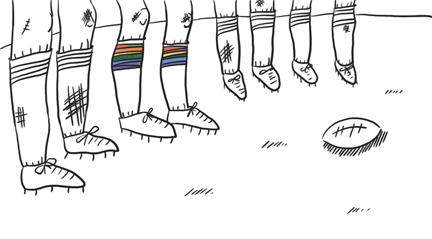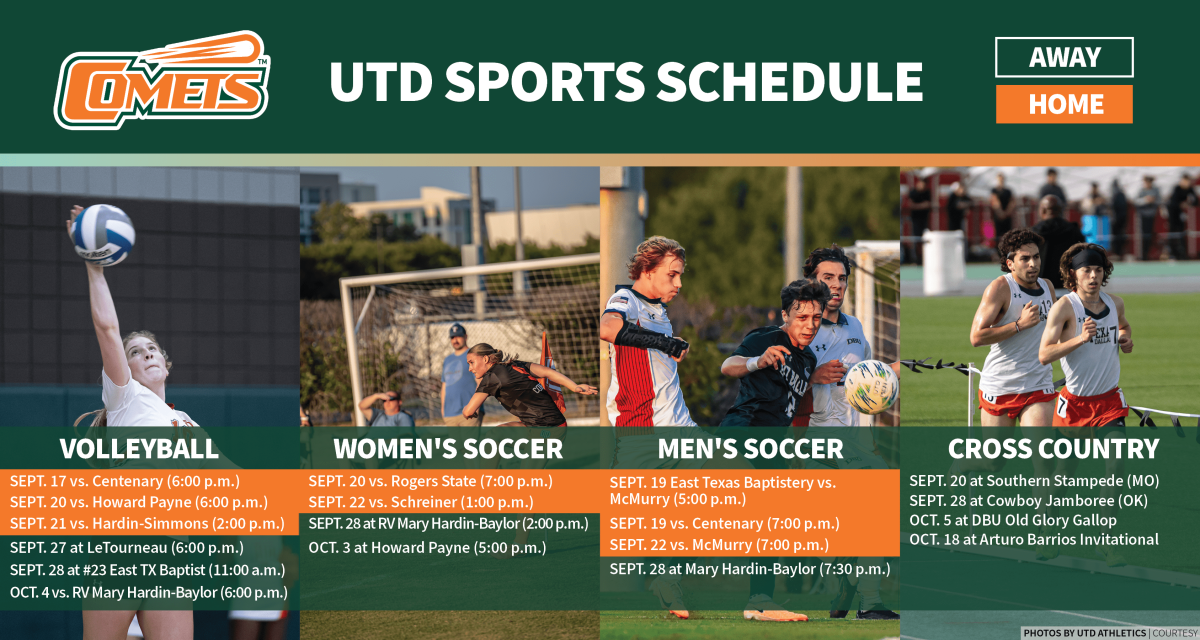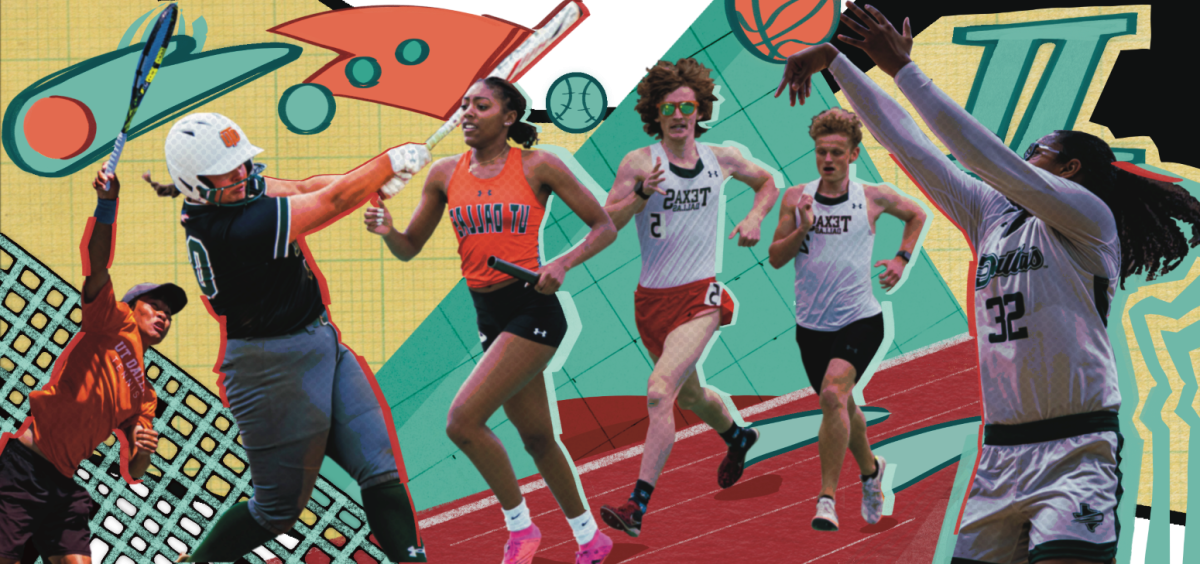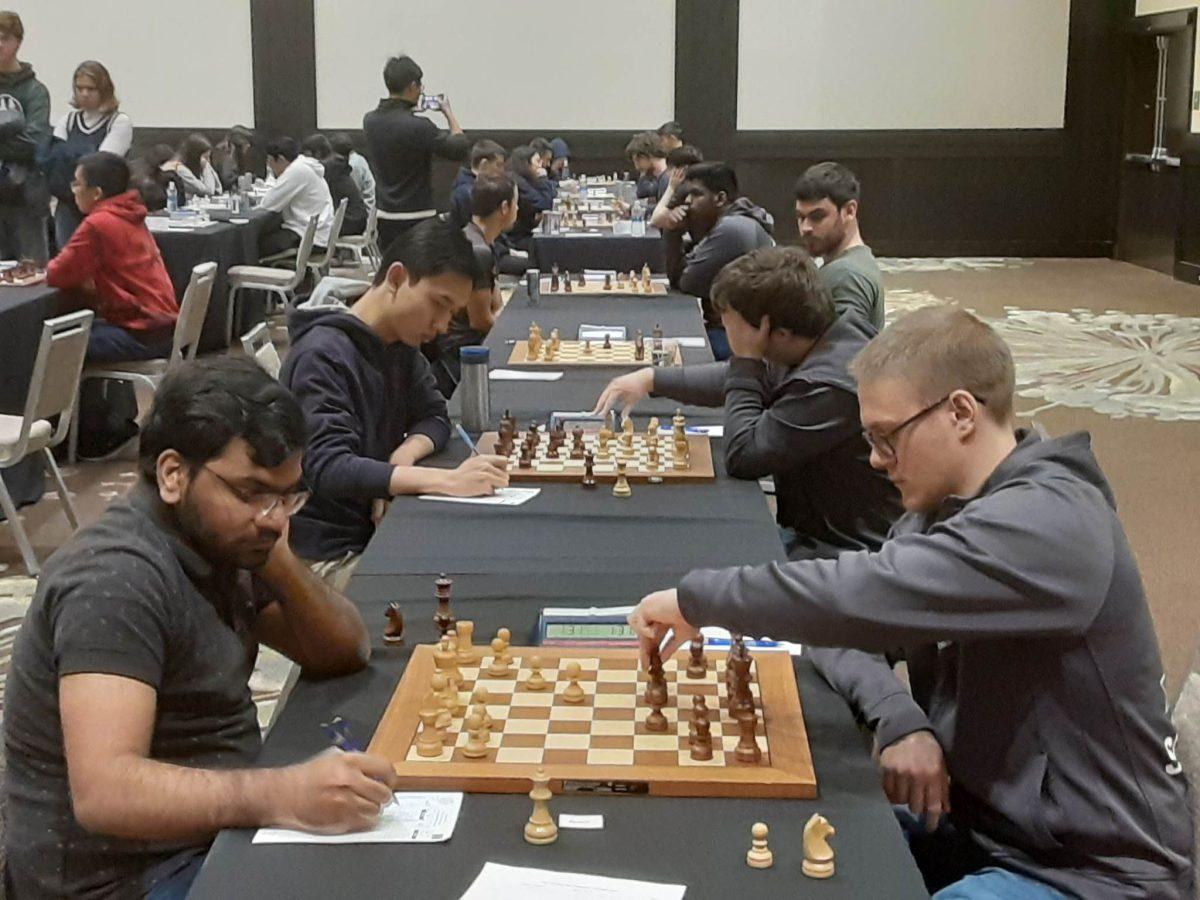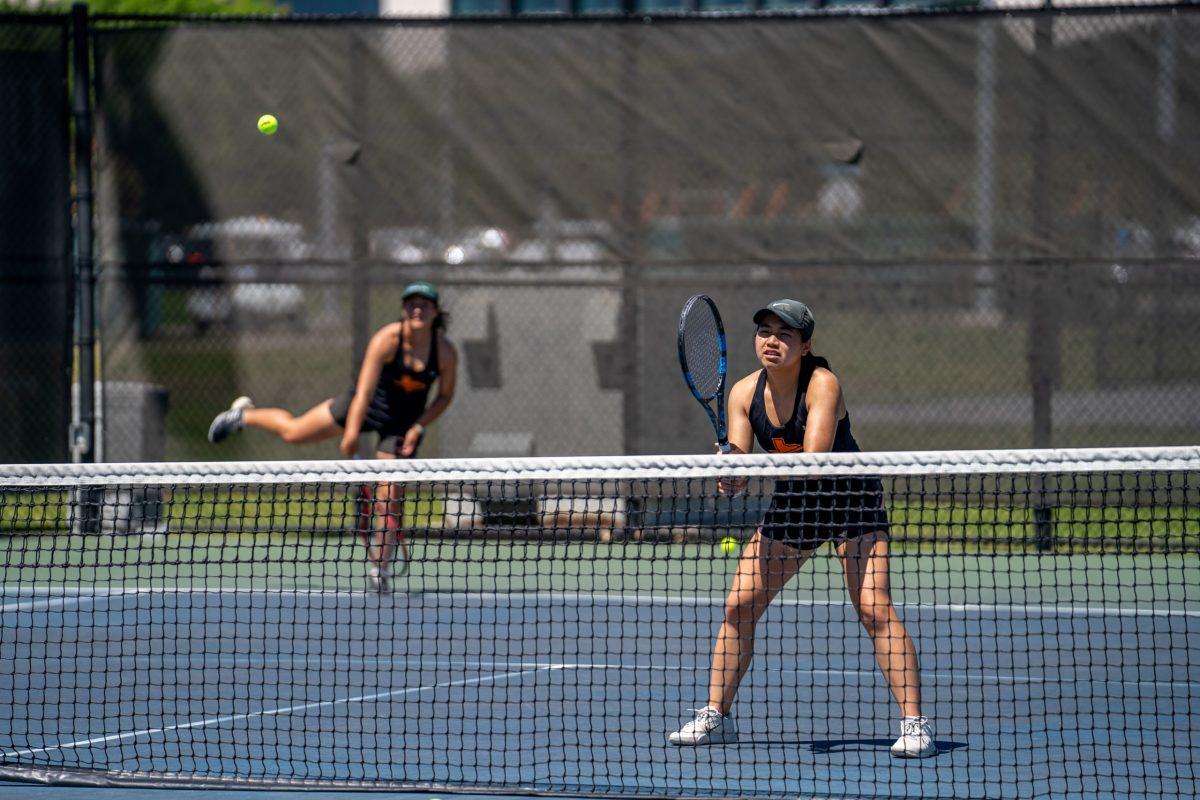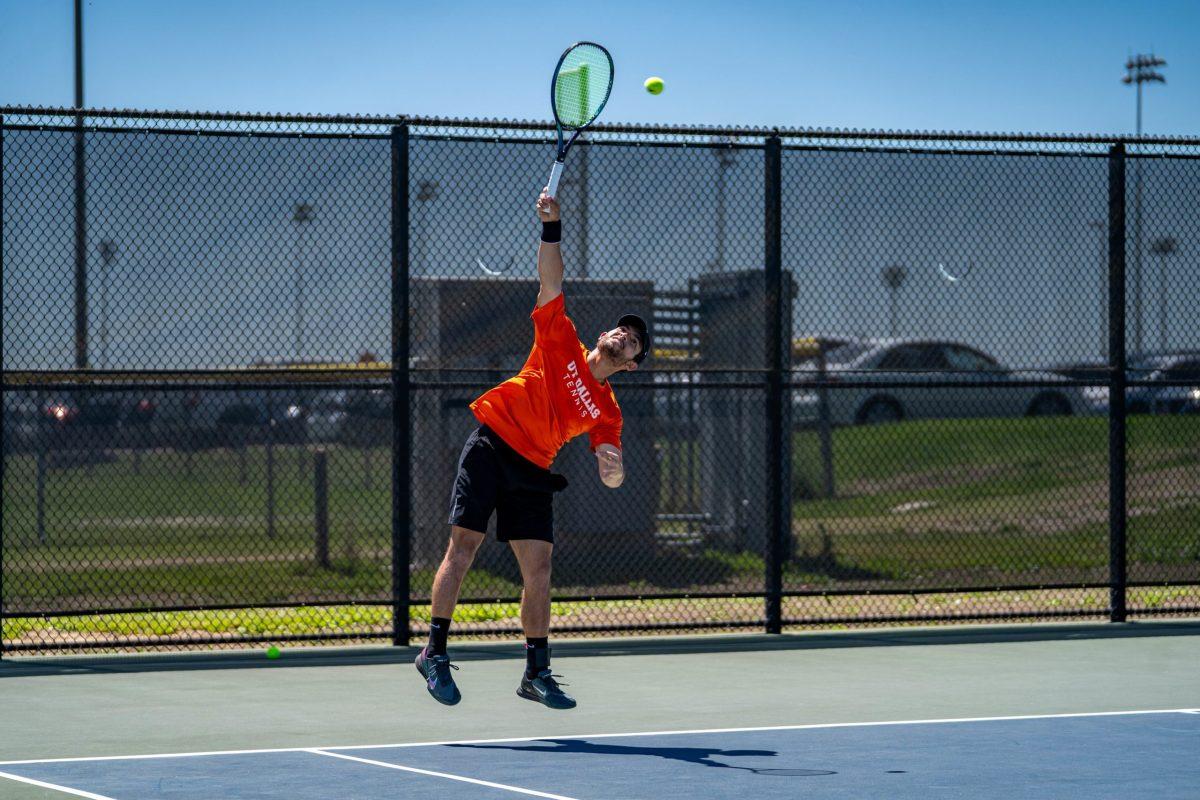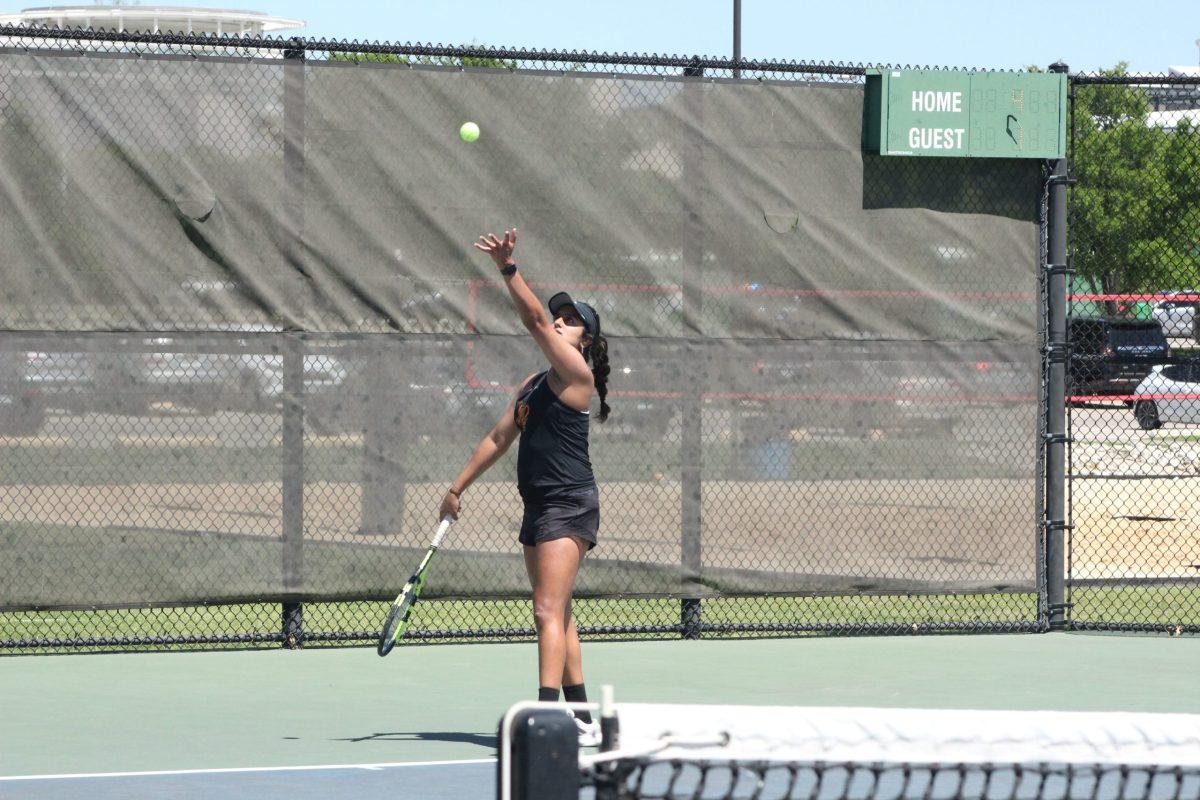Media, community must do a better job at showing proper support to pioneering athletes who play for lesser known schools
Gay athletes coming out are being highlighted at the highest echelons of athletics but are still being ignored at the lower levels of college sports.
In the past year, three athletes at the highest levels of American sports have come out to the public: Jason Collins of the NBA’s Brooklyn Nets, Michael Sam from the University of Missouri’s football team and Derrick Gordon of the University of Massachusetts’ men’s basketball team.
Collins became the first openly gay player in the history of the NBA, while Sam will be the first gay player to have come out in the NFL when he is drafted this May. Gordon, on the other hand, is now the first openly gay men’s Division I basketball player.
Sam, Gordon and Collin’s announcements have all received extended national coverage. They have been applauded for their courage to express who they really are in an environment that is still adjusting to the thought of gay athletes.
Unfortunately, as important as these announcements are, they have gained such attention precisely because of the stage that they have taken place on. Professional and Division I sports get major media coverage because there is more money that teams on those levels generate and take in.
That means that a major announcement like a gay athlete coming out on such a high platform will get coverage from news outlets. The same can’t be said for Division III teams and athletes.
“I’ve always sarcastically said that you’ll never see us on the front page of the sports section of the Dallas Morning News no matter what we do unless it’s something negative,” said head men’s basketball coach Terry Butterfield. “Most days you can’t even find our scores in the newspaper, and I think that’s a sad thing being a local university.”
That lack of attention means that gay athletes at this level are almost unheard of and often overlooked. They do exist, however, whether the media wants to cover them or not.
At the beginning of this year, Connor Mertens, a placekicker for Williamette University, came out publicly as bisexual, making him the first openly LGBT player in college football history at any level. Not long after, in March, Mitch Eby, a junior defensive end for the Chapman University football team came out to his teammates and to the public.
Neither of these stories received major national coverage compared to their Division I counterparts, despite these players being trailblazers.
These athletes face the same forms of fear and prejudice that players like Gordon and Sam do. The only real difference is they happen to play at Division III schools. The fact that they are not heard of, however, speaks to a larger problem with the gap between big time college athletics and lower divisions.
Going to a game at a Division III school often means sitting in empty stands and athletes being unappreciated for their effort. College athletes are leaders and ambassadors for their schools, however, and should be treated as such. To ignore them is unjust. Their example should be a source of inspiration for the community.
To date, it’s unclear if there has been an openly gay athlete at UTD. That is not to say that there aren’t gay athletes on any teams here currently or in the past, just that if there are, they have chosen to keep that information private.
If the day arrives when an athlete at UTD comes out to the public, there are serious questions of how the community would react. Would they be treated as pioneers and applauded or would they be shunned as outsiders? If they wanted to make a statement, would they be completely ignored?
“It’s not something that I feel fearful of,” Butterfield said. “If the day comes when that issue arises, I would like to think that we’re going to deal with it in a way that a college should deal with it. We’re going to be the leader in being nonjudgmental and open-minded towards that individual.”
Butterfield said that if the player felt like he wanted to make a statement and publicly come out, then that’s where coaches and players would be involved and have a discussion on how to approach the situation.
It’s important to make sure that those who have chosen to come out now when there is still a stigma attached to being an openly gay athlete are covered and applauded.
That principle should be across the board and not just for those who play at higher levels. Athletes are role models and looked up to no matter what level they play at. They wear the colors of their school and represent not only themselves, but also their community as a whole.
Media coverage should reflect that, as should the communities that these athletes represent. Sam and Gordon are important, but so are Mertens and Eby, and they should receive just as much praise and support.

